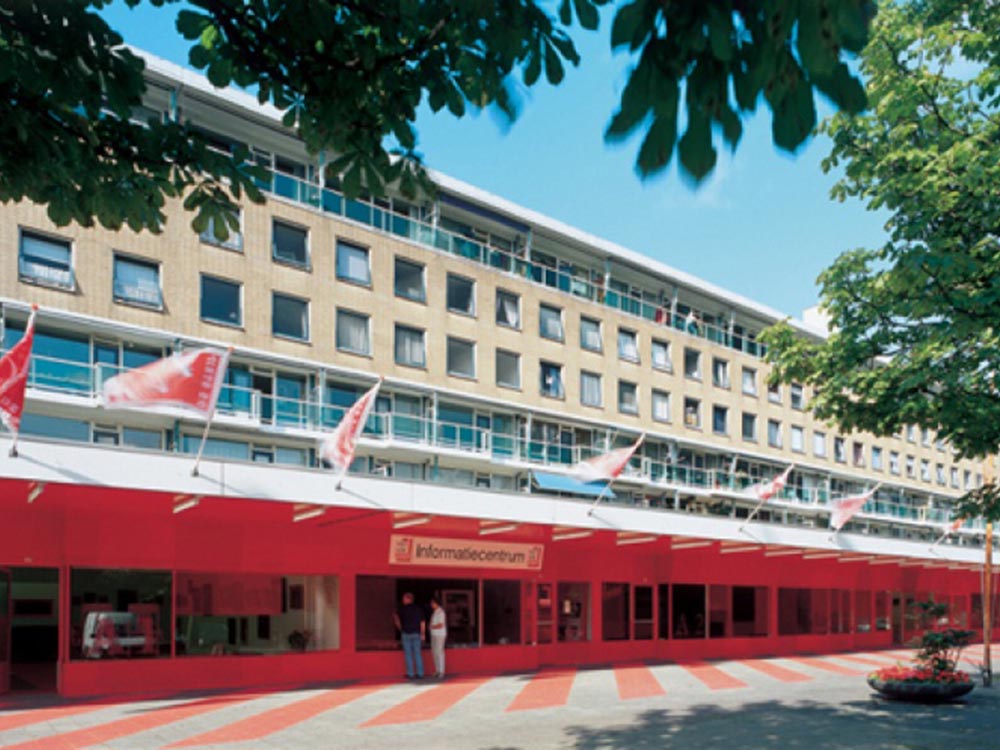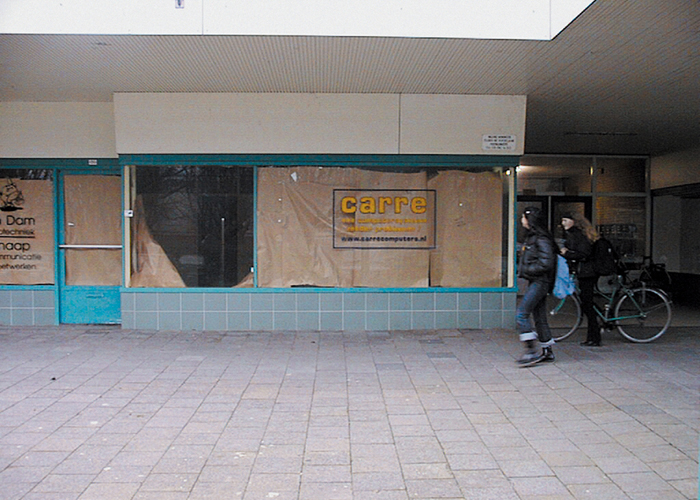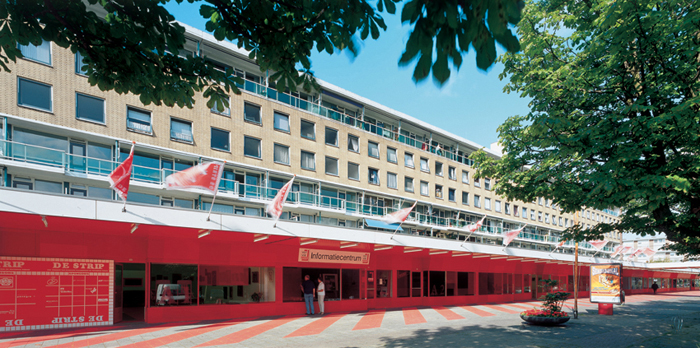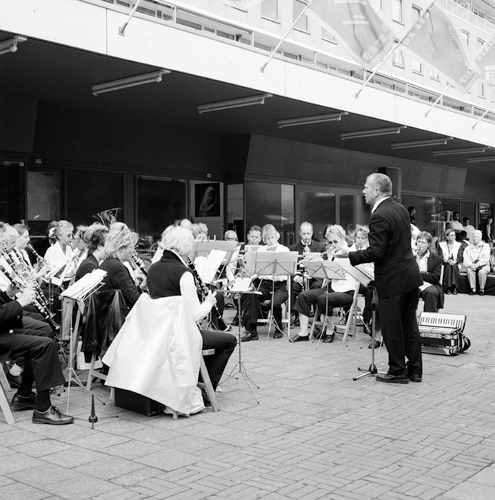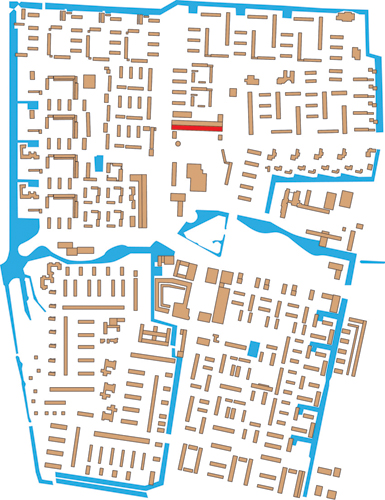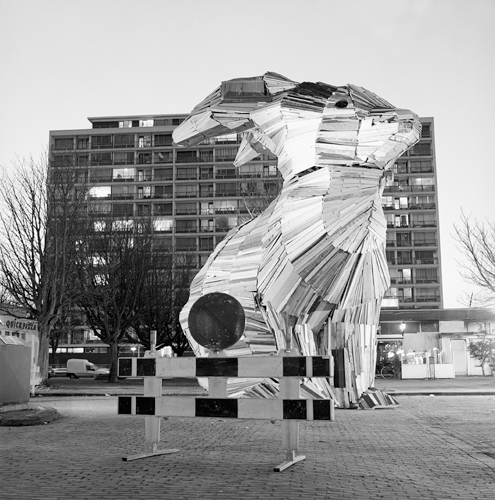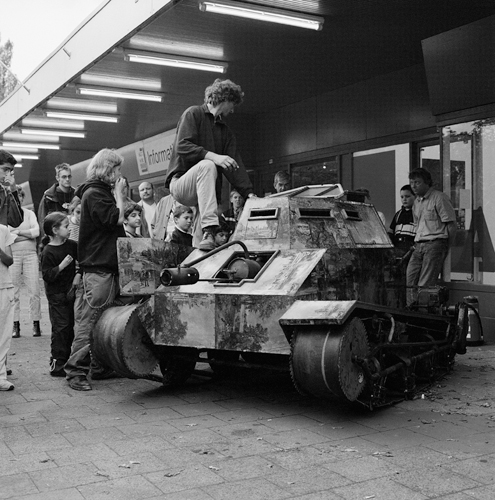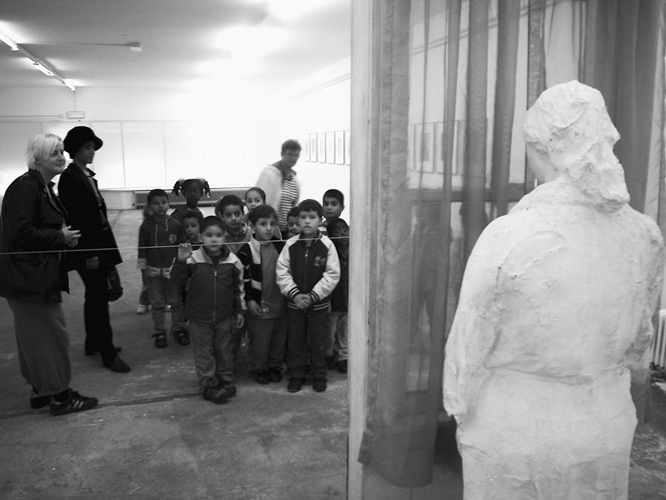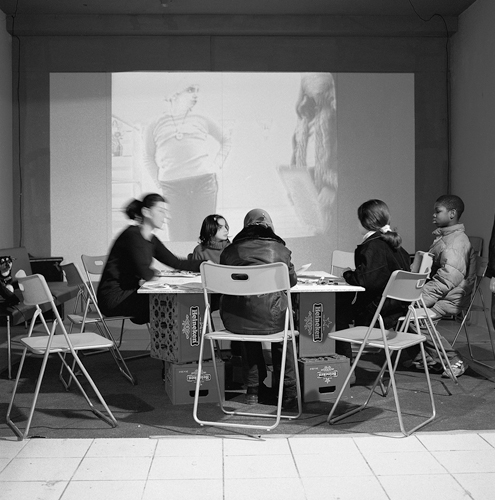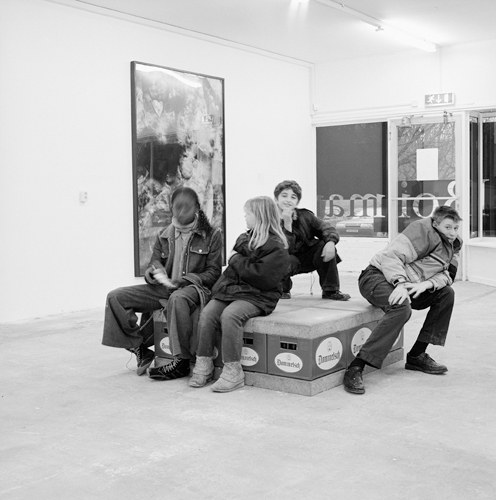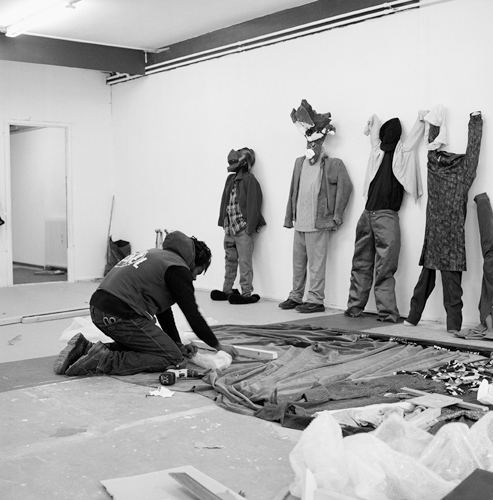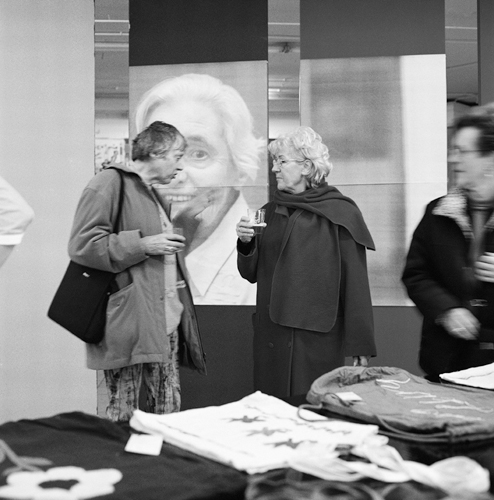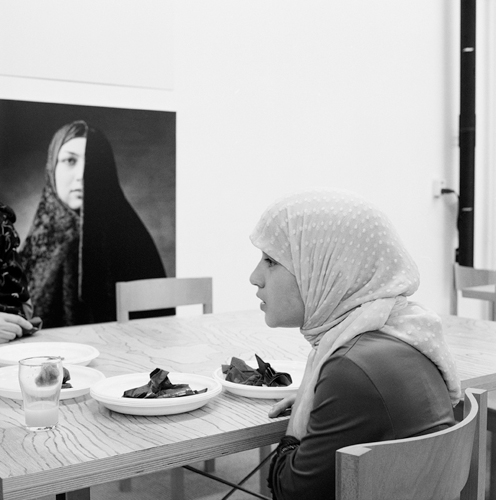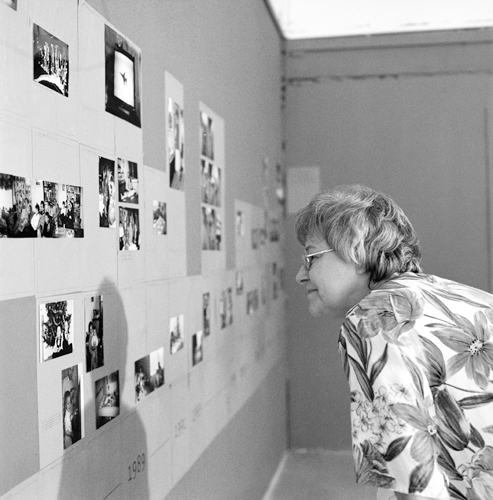Previous state
Westwijk is a district on the outskirts of Vlaardingen, ten kilometres from Rotterdam. It is a typical residential estate of the 1950s, a time when, as opposed to the density of 19th century urban fabrics, housing was arranged rationally in large linear blocks separated by broad public spaces that let in light and air. As usually happens with this type of low occupation fabric, the facilities and the shops in Westwijk are concentrated in services strips and the rest of the interstitial spaces along the street become large, tree-lined surface areas with little activity and a strong presence of the motor car.The composition of the population, 16,000 inhabitants, remained fairly homogeneous until the late 1990s. Since then the standards of quality of the housing, with little variety of typologies and small surface areas, have become obsolete. Some have been left empty and others, because of their relatively low rents, have attracted mostly immigrant families with small incomes. The cultural and social habits of the newcomers are different from those of the longer standing residents and conflicts of coexistence often emerge.
Aim of the intervention
In 1995 Vlaardingen City Council and the municipal Housing Corporation Waterweg Wonen drafted a plan to regenerate the Westwijk district. In addition to the construction of new housing, the plan provided for the restoration of the existing blocks and the concentration of all the service strips in a single shopping and facilities centre. Owing to the lack of funds to finance it, the operation was postponed in 2001 and the promoters commissioned the artist Jeanne Van Heeswijk to conceive a temporary intervention to improve the appearance of one of the service strips. The shops had been left completely empty and, following the established plan, the strip had to be demolished in 18 months.Description
Instead of confining herself to acting on the facade, Van Heeswijk proposed to intervene on the interior of the shops as well and convert their surface area, 3500 square metres, into a cultural centre for artistic production and exhibition which was immediately baptised with the name 'De Strip'. In a few months, after a superficial and cosmetic restoration of the shops along the strip, the space as transformed into a complex that could house a wide variety of functions. On 23 May 2002 De Strip opened its doors and in a short time it had become a meeting point for the inhabitants of Westwijk, who became involved as regular visitors and even helped with the organisation, working alongside the artists. All the activities revolved around an axis that ran from artistic production to exhibition, thus bringing together the two ends of the creative process in a single space.To enrich the programme of activities of the project two cultural entities based in Rotterdam were invited to take part. One of them is the Boijmans Van Beuningen Museum, which has a large permanent collection of contemporary and modern art and organises a wide range of cultural activities such as seasons of lectures or concerts. For its part, Showroom MAMA [Showroom for Media and Moving Art] is an interdisciplinary platform that organises cultural and educational events and undertakes research projects to develop new ways of working with a broad sector of the public through the visual arts and culture. The MAMA projects and the Bon Pinklebon Museum drew visitors from Rotterdam and the whole country. They shared the old supermarket with the artist Peter Westenberg, who developed the Uit+Thuis videomagazijn, a video production and projection space that became the base for a series of workshops and presentations where video was actively used as a critical tool for investigation into relations in the district. The website www.worldwidewestwijk.nl was also launched to present the results of the investigation.
Assessment
De Strip was so successful that the year and a half that had been scheduled was extended by six months. The key to that success lay in the integrating capacity of the initiative. First, a network of social relations that had been disappearing was rebuilt in a surprisingly short time. Second, by making it the focus of an event that brought visitors from all over, it gave the district centrality with a minimum investment. By anticipating the long and costly town planning intervention that has to be carried out in the district, the initiative achieved one of its main goals: that the estate should shake off its marginal character.David Bravo │ Translation by Julie Wark
[Last update: 18/06/2018]


